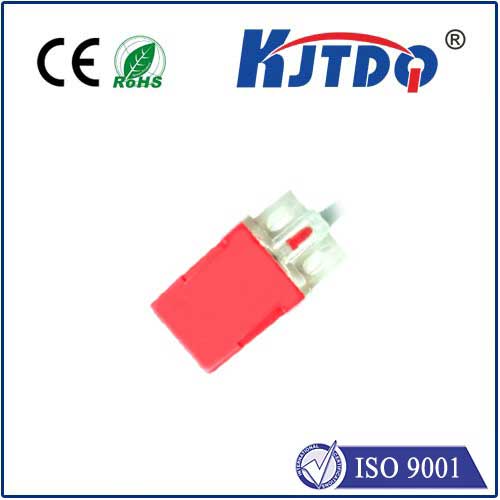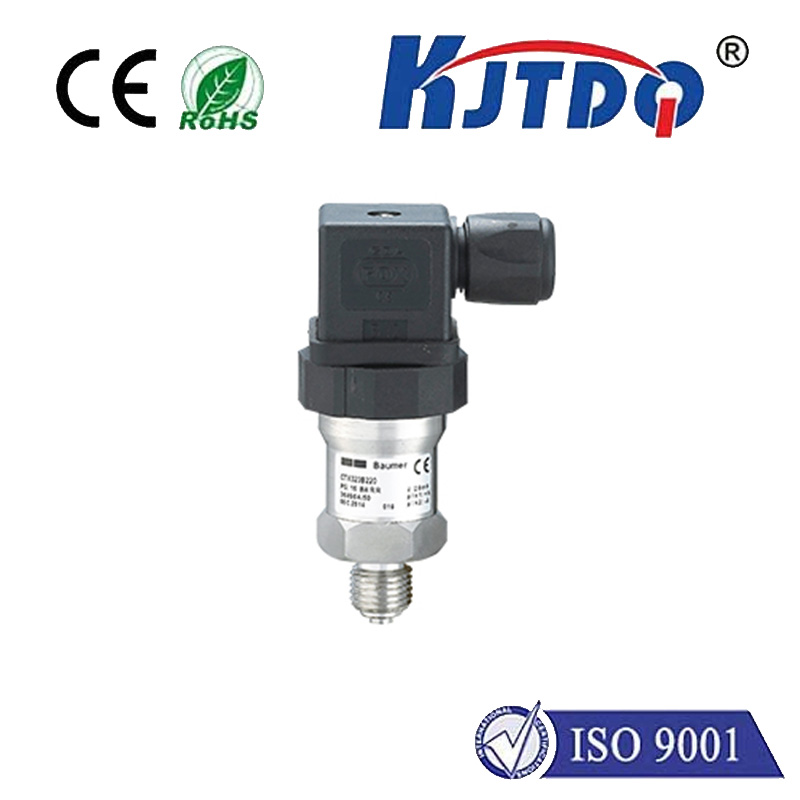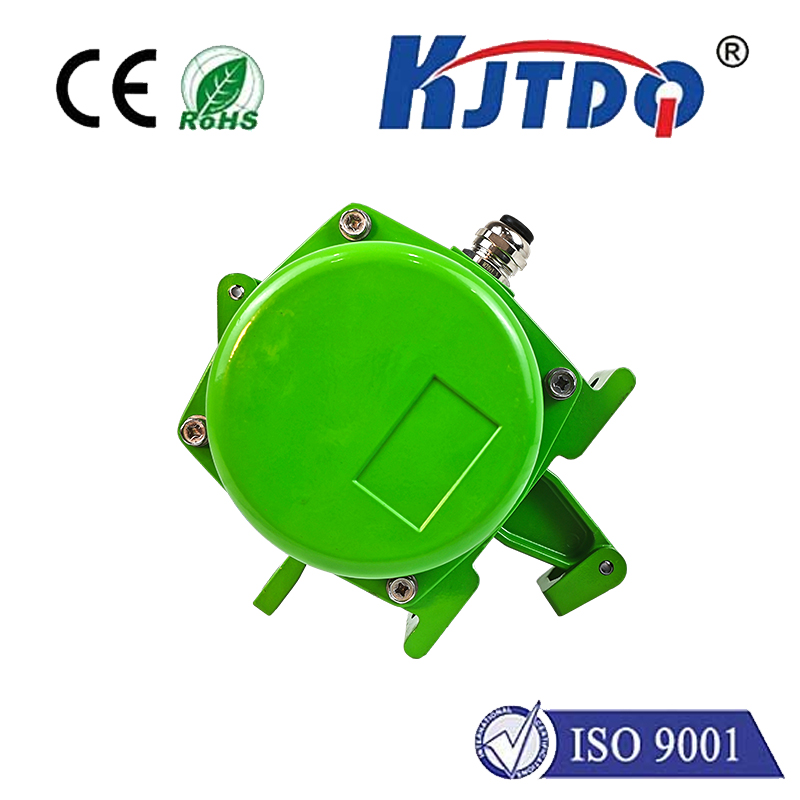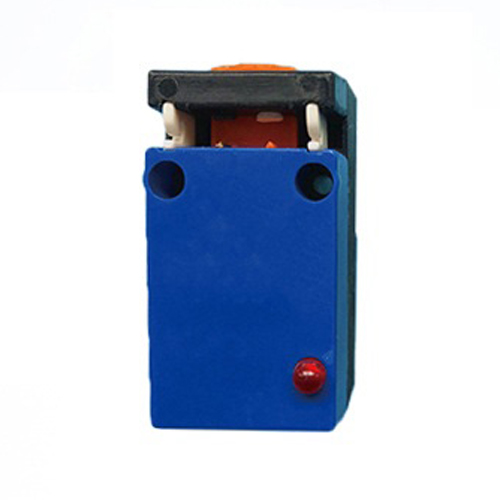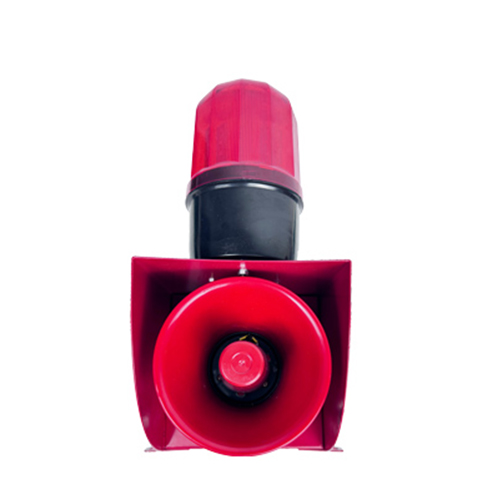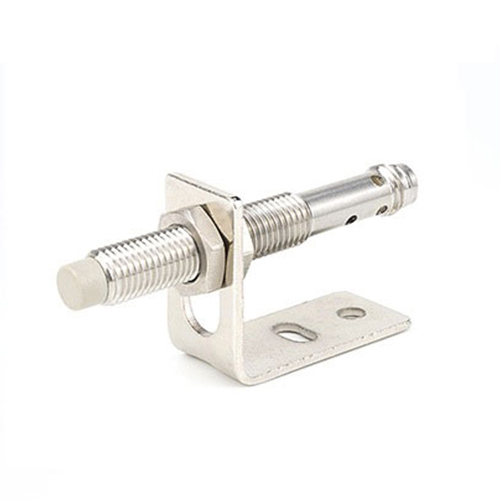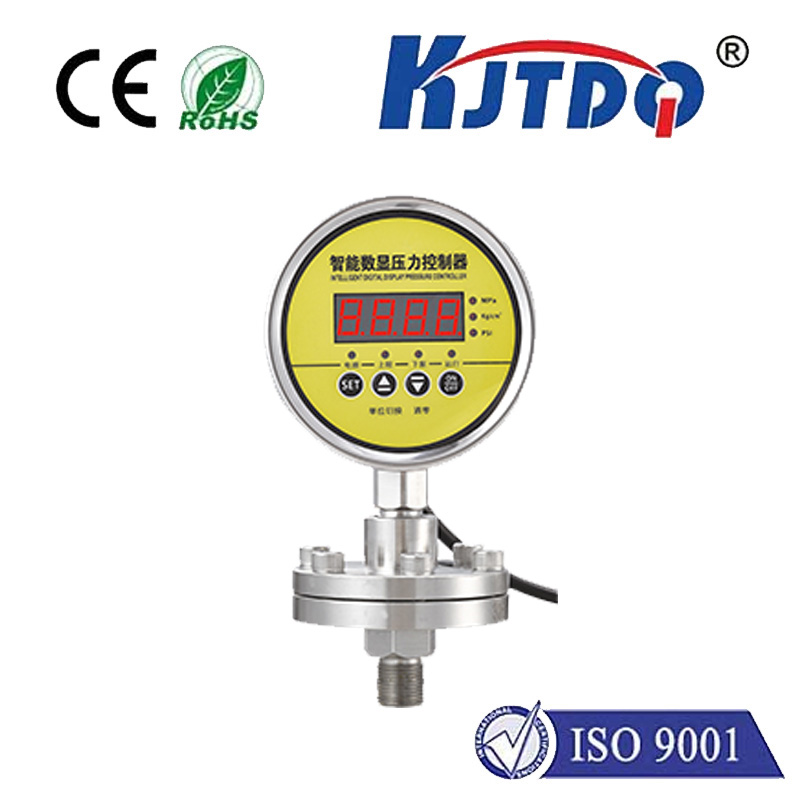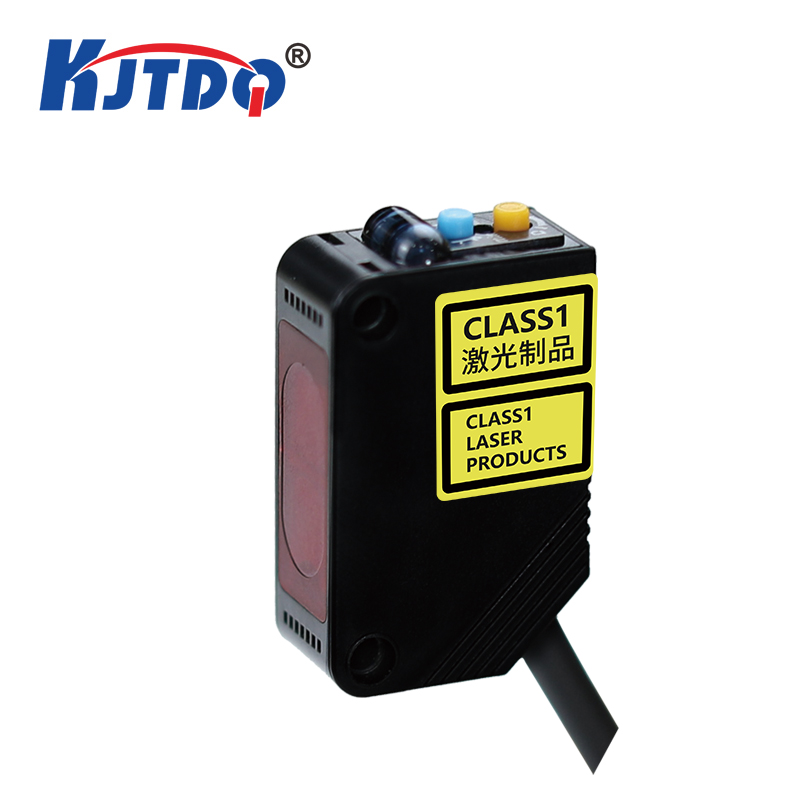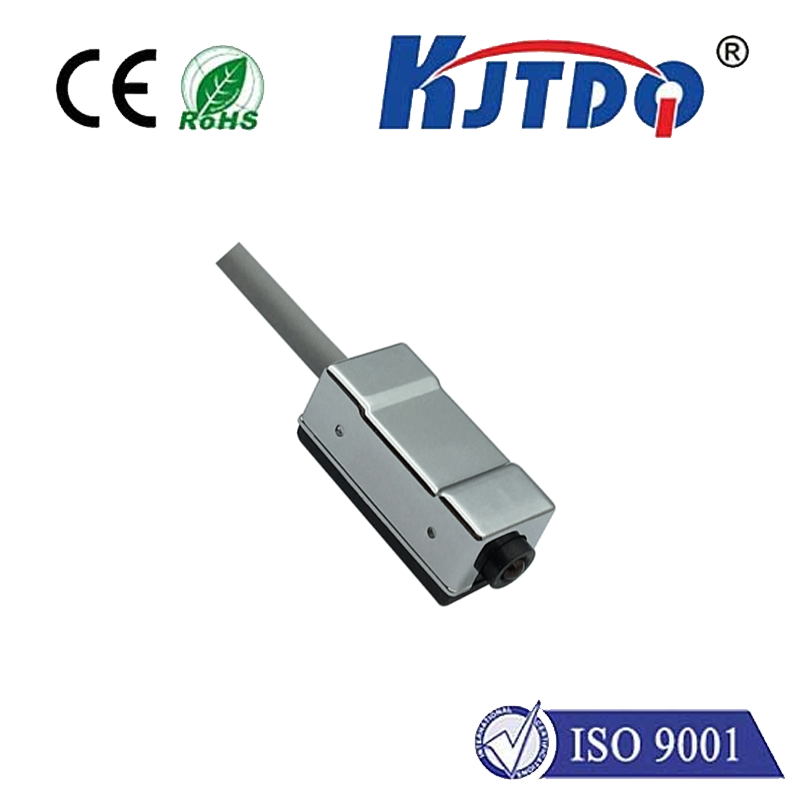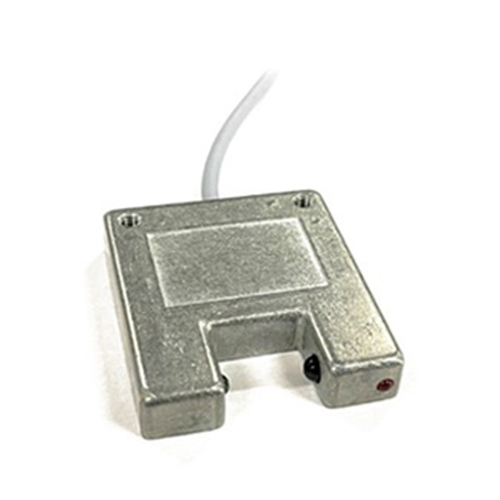

check

check

check

check
FU-23 Optical Fiber Sensor: A Revolution in Structural Health Monitoring
With the increasing demands for safety, efficiency, and precision in modern infrastructure, the development of advanced sensing technologies has become a critical area of research. Among these, the FU-23 optical fiber sensor stands out as a groundbreaking innovation in the field of structural health monitoring. This article explores the principles, applications, and advantages of the FU-23 optical fiber sensor, highlighting its role in enhancing the reliability and performance of infrastructure systems.
The FU-23 optical fiber sensor is a cutting-edge device that leverages optical fiber technology to monitor the structural integrity of buildings, bridges, and other critical infrastructure. Unlike traditional sensors that often require physical installation and are susceptible to environmental factors, the FU-23 sensor offers a non-invasive, high-accuracy solution. It utilizes optical fibers to detect changes in strain, temperature, and vibration, providing real-time data that can be analyzed to predict potential failures or structural degradation.

At the heart of the FU-23 sensor is its advanced optical fiber design. These fibers are embedded within the structure or attached to it, allowing for continuous monitoring without the need for invasive installation. The sensor works by detecting micro-strain changes in the material, which are then converted into electrical signals. This process is highly sensitive and can detect even minor deformations that might be imperceptible to the human eye. By converting these mechanical deformations into electrical signals, the sensor provides a reliable and consistent reading that can be easily integrated into monitoring systems.
One of the most significant advantages of the FU-23 sensor is its versatility. It can be deployed in a wide range of environments, from high-stress industrial structures to low-impact civil infrastructure. Whether monitoring the structural health of a bridge or a building, the sensor offers a robust and accurate method of data collection. Its ability to operate in extreme conditions, such as high temperatures or mechanical stress, makes it suitable for use in challenging environments where traditional sensors may not perform as effectively.
Moreover, the FU-23 sensor is designed with a user-friendly interface, enabling real-time data analysis and visualization. This makes it an ideal solution for engineers and maintenance personnel who require quick and accurate insights into the condition of the infrastructure. The sensor’s data can be transmitted to a central system, where it is analyzed using advanced algorithms to detect anomalies and predict potential failures before they occur.
In addition to its technical advantages, the FU-23 sensor also offers significant benefits in terms of cost and maintenance. Traditional monitoring systems often require frequent calibration and maintenance, which can be both time-consuming and expensive. The FU-23 sensor, on the other hand, is designed for long-term reliability and minimal maintenance, reducing the overall cost of implementation and operation. This makes it an attractive option for organizations looking to optimize their infrastructure monitoring budgets.
The integration of the FU-23 sensor into modern infrastructure systems is not just a technological advancement—it represents a shift in how we approach structural health monitoring. As the world becomes increasingly dependent on complex and high-stress infrastructure, the need for reliable and efficient monitoring solutions is more critical than ever. The FU-23 optical fiber sensor is a prime example of how innovation in sensing technology can lead to safer, more resilient infrastructure.
By leveraging the unique properties of optical fiber technology, the FU-23 sensor enables a new era of structural health monitoring. Its ability to provide real-time data, operate in extreme conditions, and offer a cost-effective solution makes it a transformative tool in the field of engineering and infrastructure management. As the demand for advanced monitoring technologies continues to grow, the FU-23 optical fiber sensor is set to play a pivotal role in ensuring the safety and longevity of our built environment.
